Weidmüller Photovoltaic DC Stringbox


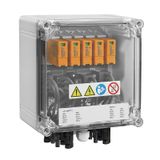
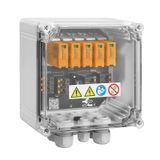
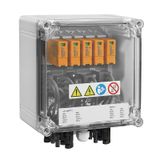
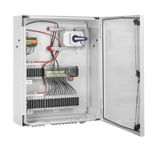
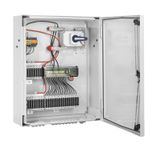

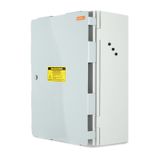

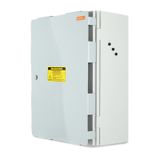
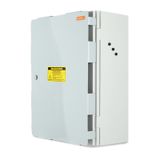

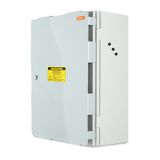
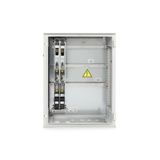


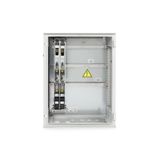
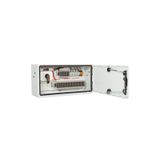
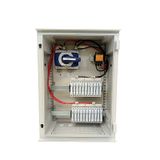

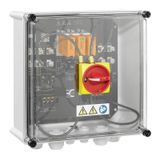
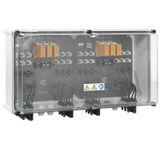
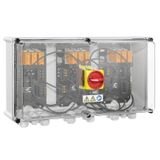
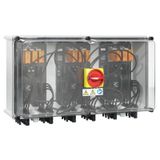







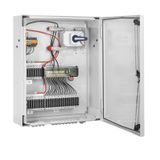
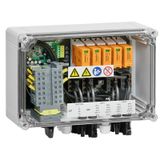
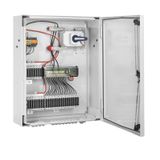
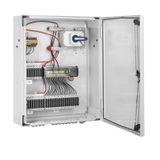
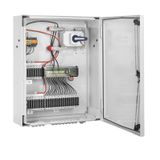

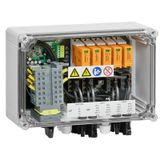

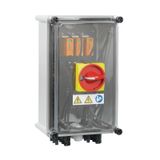
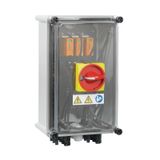
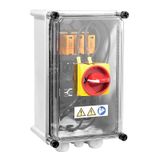
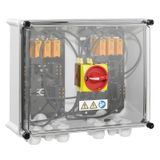





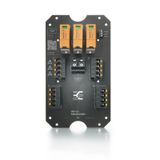
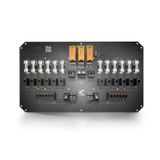


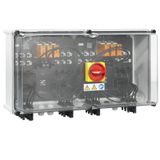



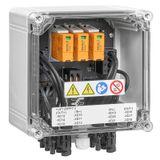
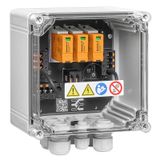
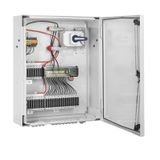
weidmuller photovoltaic dc stringbox overview and range
This category covers pre-engineered enclosures that gather PV strings, protect them, and bring clean DC to the inverter. Weidmüller structures the range by voltage class (1000 or 1500 V DC), string count (8, 12, 16, 24), protection concept (fuses or DC MCBs), and whether monitoring is included. Typical buyers are EPCs, C&I rooftop installers, and O&M teams who want repeatable builds, fast commissioning, and spare parts that match last year’s arrays.
weidmuller pv string boxes configurations and sizing
Pick your frame by array layout. Compact 8–12 input boxes suit rooftops and carports; 16–24 input builds are the utility workhorses. Inputs arrive on gPV fuseholders or breaker rows, then bus to one or two homeruns. Enclosures come in powder-coated steel, aluminum, or GRP with IP65–IP66 sealing, UV-stable hardware, and gland plates or MC4 bulkheads. Most distributors stock 1500 V DC, 12-input, fused versions with spare fuse links in the same carton—easy for site kits.
weidmuller solar combiner boxes protection and monitoring
Protection is straight to the point: Type 1+2 or Type 2 DC SPDs with pluggable cartridges and optional remote contacts, gPV fuses typically 15–32 A per string, and a lockable DC isolator rated for the bus. Monitoring options include Hall-effect sensors or shunts for string or sub-array current, a small DIN-rail controller with Modbus RTU/TCP, and dry-contact alarms for SPD or fuse trips. Labels and torque cards ship with the door documents so handover is clean.
weidmuller dc distribution boxes integration and accessories
Inside, everything sits on TS35 rails: push-in terminals, PE bars, test points, and marker carriers that match your control cabinets. Accessory packs cover door handles, breather vents, drain plugs, and gland reducers. Field wiring choices: MC4 bulkheads for plug-in speed at height, or cable glands when you prefer crimped terminations. Add a laminated string tag set and two spare SPD cartridges to every box—maintenance will thank you.
Applications and compatibility
Use on ground-mount strings, rooftops, façades, and tracker rows. Boxes land between module strings and central or string inverters; homeruns route via UV/halogen-free cable to the DC input. Basket building is simple: add Weidmüller terminal blocks and markers, DIN rails, SPDs, DC isolators, cable glands, and 24 V power supplies when monitoring is included. For mixed plants, align fuse ratings to module Isc and temperature—oversizing is the number-one cause of rework.
Selection criteria for B2B clients
- System voltage. Confirm 1000 vs 1500 V DC; this sets SPD UC, fuse voltage, and isolator rating.
- String count and homeruns. 12–24 inputs with one or two outputs; choose two when cable routes are long to cut voltage drop.
- Protection scheme. Fused inputs are the default; DC MCBs help with selective isolation where crews troubleshoot often.
- Monitoring depth. Per-string current for analytics and warranty evidence, or array-level when budget is tight.
- Enclosure and ingress. GRP or aluminum outdoors, IP65–IP66; add vents and drains in hot or humid climates.
- Interface choice. MC4 bulkheads for speed and fewer tools; gland plates when cable ODs vary or you need shield clamps.
Advantages of working with Bankoflamps
You get individual B2B pricing and custom offers, a personal account manager, and real-time EU stock visibility. Quotes return fast (about an hour). We process orders by EAN/MPN, provide downloadable up-to-date price lists, lead-time tracking, order-status updates, and purchase-history analytics. Trusted clients use post-payment up to 30 days. We manage consolidated shipments with stable pricing validity across France, the Baltics, Germany, Spain, Italy, Belgium and the Netherlands.